Whitefish is characterized by a wide variety of forms within the biological species. Fish can vary quite a lot, both externally and in lifestyle. Residential lake, river and passing forms are distinguished. In addition, whitefish forms separate groups that differ in lifestyle in the reservoir of residence. Distinguish deep-sea, pelargic and coastal forms, varying in the nature of nutrition.
Here is an overview of the content of this tutorial, feel free to jump to any section you care about:
For more fishing instructions, take a look at these popular Trizily links: Amberjack Fishing.
Whitefish Fishing
Overview of whitefish
The size of the fish can vary greatly, depending on living conditions and the region. There are both small and large populations. The maximum weight of fish through passage can reach 12 kg. More than 30 subspecies are described.
Reproduction habit of whitefish
As already noted, whitefish have a lot of diverse environmental forms. There are both passing and residential subspecies of whitefish. Typical spawning time for most whitefish is autumn-winter, but there are separate living subspecies that spawn in spring (bounty whitefish). In the mating season, epithelial tubercles appear on the body of males. Whitefish mature at the age of 4-5 years. At migratory whitefish, the fry rolls down from spawning rivers and walks in accessory reservoirs (lakes, bays, channels).
Whitefish fishing guide: Techniques, bait and gear
Whitefish fishing techniques
In terms of lifestyle and nutrition, as already noted, fish is very diverse, and therefore fishing methods can be very different. Whitefish are caught on various bottom, float, spinning and fly fishing gear. Fish are successfully caught on winter gear.
Spinning for whitefish
Whitefish are caught spinning for almost the entire open water season. The most successful fishing in spinning is considered at the beginning of the spring – summer season, when there is not a large amount of zooplankton. Spinning rods are preferable to have a medium – fast system with small tests. Delicate cords or fishing lines should facilitate long casts. The baits used to catch whitefish are small. Whitefish is caught on both spinners and wobblers, silicone baits and more. Optimal are considered small “chasing” spinners of the Aglia long type. Oscillating spinners, including the trout row, may well come up.
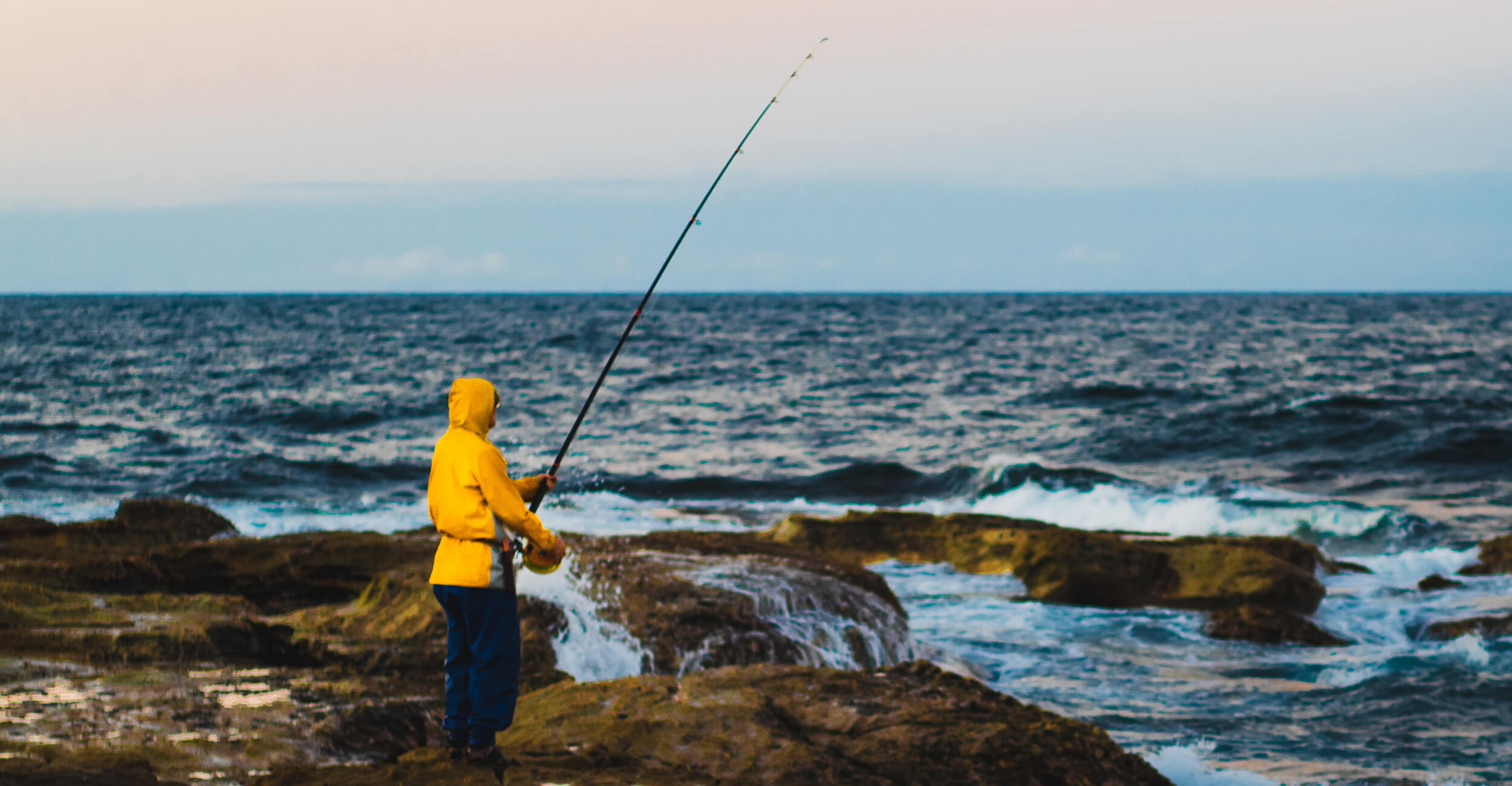
Catching whitefish on bottom and float gear
Whitefish who prefer a near-bottom existence are caught on bottom gear, especially in the off-season. For this, feeder and picnic gears with and without feeders are quite suitable. Very successful is the method of fishing on the “running donka”. The use of snap-ins for donkeys is usually designed for catching maggots. In any case, animal baits are used. For fishing whitefish use various float gear, including “long casting”.
Fly fishing for whitefish
Whitefish responds well to “dry flies”, especially during the period of mass flight of insects. He also responds to sinking baits. For fishing with whitefish, delicate tackle is suitable, preference should be given to middle class fishing rods. It is important to consider the most accurate presentation of the front sight. For this, long cords with an elongated front cone are most suitable. The choice of lures, most often, comes down to very small, and outwardly similar to natural insects, “dry flies”, especially the size.
Whitefish fishing in the winter
For fishing whitefish in the winter they use both mammoth gear and fishing rods for lures. There are special spinners. Delicate gear should be preferred; the line should be no thicker than 0.12 mm.
Whitefish fishing bait
Various whiteheads are used for catching whitefish: worms, maggot, clam meat, maggot, bloodworms, larvae of other insects, aquatic invertebrates, can be caught on fry. Artificial baits are no less popular: various spinners, silicone baits and more. Some anglers think that the most successful whitefish spinning fishing is jig. In Siberia, whitefish are preferred for simulating aquatic invertebrates. In the period of open water, they catch on various tackle with “running equipment” and float fishing rods.
Where to catch whitefish
European whitefish lives in the rivers of the entire basin of the Arctic Ocean. There are a large number of relict reservoirs in Siberia and the Far East, where this fish lives autonomously and is considered endemic. It is found everywhere from the shores of Northern Europe to North America. In rivers, large whitefish is kept closer to the main channel; small whitefish can be caught offshore. When catching this fish, it is more important to establish at what depth it stands. Not only the method of fishing, but the effectiveness can depend on this.

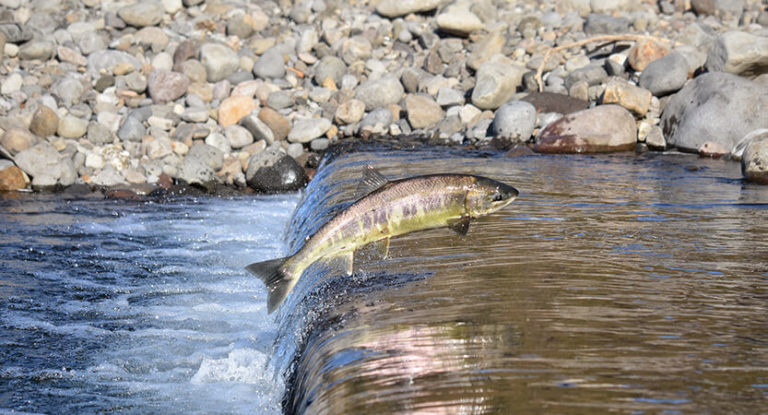
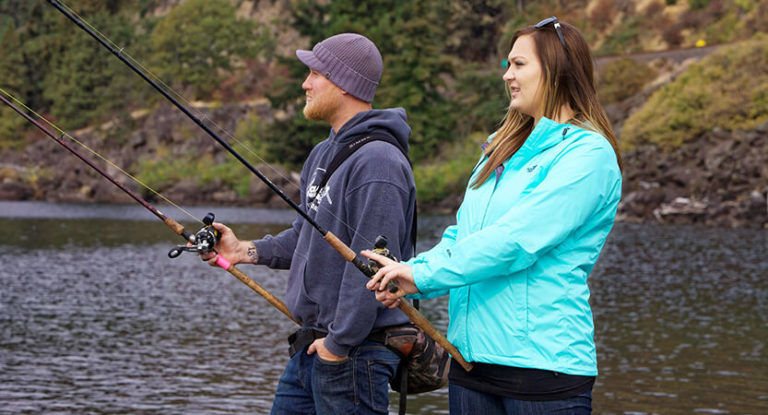
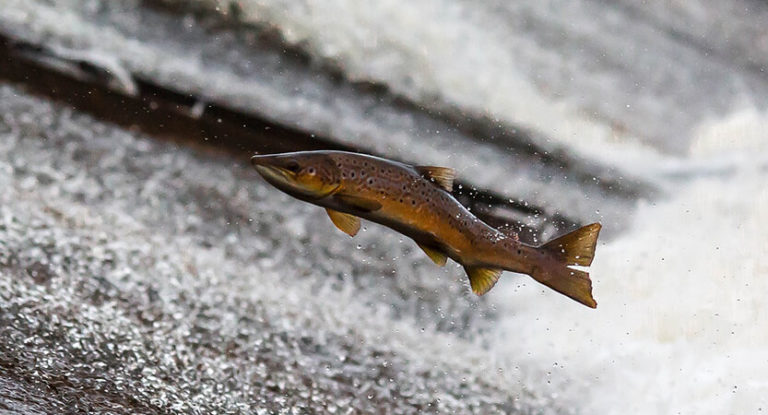
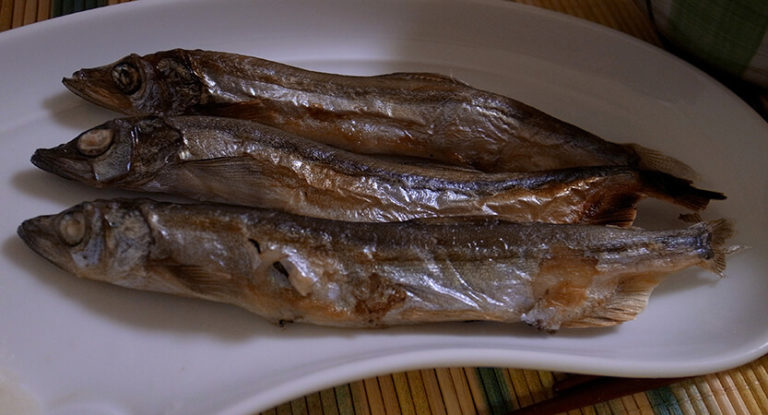
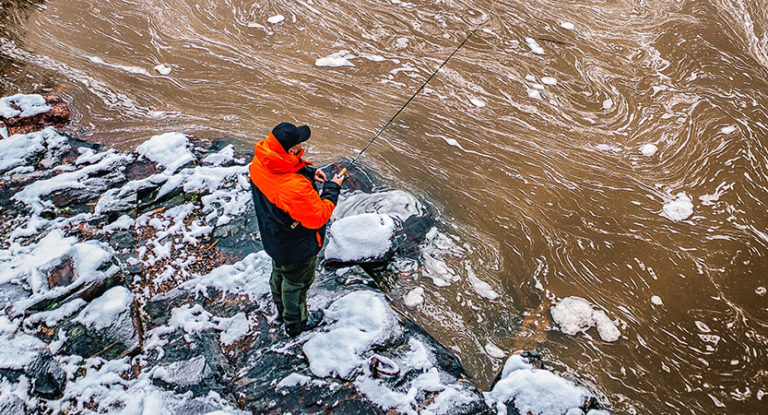
![The 8 Best Fly Fishing Nippers [Buyer's Guide 2023] 7 The 8 Best Fly Fishing Nippers [Buyer’s Guide 2023]](https://trizily.com/wp-content/uploads/2022/03/best-fly-fishing-nippers-768x768.jpg)